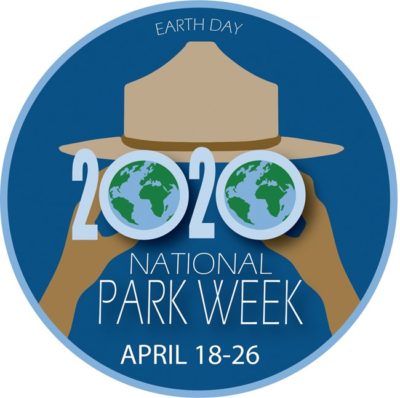Have you ever stopped to think about what our nation—and our local OBX community—would be like without its national parks? These special places preserve our history, our culture and our environment for our enjoyment and for the enjoyment of generations to come.
So it’s very fitting that National Park Week always falls in line with Earth Day! This year we join the OBX community and all of our national parks in celebrating the 50th anniversary of Earth Day.
Want to celebrate with us? Here are two resources for you to learn more about protecting and enhancing your parks:
- Celebrate Earth Day every day with a refresher on what it means to Leave No Trace
- Watch this quick video to learn how you can help protect our coasts and oceans from plastic pollution – even from home! (Micro-plastics are a main issue here in OBX)
If your a history buff, we also thought it would be interesting to look back at how Earth Day got started.
50 Years Later – The History of Earth Day
According to the National Park Service, “Earth Day was created 50 years ago to encourage education and stewardship of the planet’s resources.”
On April 22, 1970, the late Senator (and former Governor) Gaylord Nelson of Wisconsin (1963-1981) called all Americans to rally around the causes of environmentalism and conservationism. Nelson was an active environmental advocate and was greatly troubled by the environmental pollution caused by shoddy waste dumping practices across the nation. At the time, there were no laws or regulations in place to hold people or corporations accountable for disposing of oil, chemicals, debris and other waste in an unsafe manner.
In fact, two major events were the impetus for Sen. Nelson’s historic action. According to the National Oceanic and Atmospheric Administration (NOAA), the first event was the Santa Barbara, California, oil spill on January 28, 1969. NOAA states:
“On that morning, Union Oil’s new drilling rig Platform ‘A’ had experienced a well blowout…Even though the well would be capped after 11 days, a series of undersea faults opened up as a result of the blowout, continuing to release oil and gas until December 1969. As much as 4.2 million gallons of crude oil eventually gushed from both the well and the resulting faults. Oil from Platform “A” was found as far north as Pismo Beach and as far south as Mexico.”
Sen. Nelson traveled to the site of the spill shortly thereafter and was devastated by what he saw.
The second event was the Cuyahoga River Fire of that same year. Nearly 85 miles long, the river that stretches from Cleveland, Ohio, to Lake Erie. For decades, the river had been treated as a receptacle for “factory waste and other sewage from cities,” according to Cuyahoga Valley National Park. On June 22, 1969, the toxic sledge and trash in the river were ignited, it caught fire. Ohio History Central reports that the “fire was determined to have reached heights of over five stories and lasted between twenty and thirty minutes.” The fire caused thousands of dollars in damage to nearby railway structures and further harmed the river. Sadly, this was not a unique event—the Cuyahoga River had caught on fire 12 times before the final fire in 1969.
Ten months later, Sen. Nelson coordinated what he called “a nationwide teach-in” to educate the greater public about the serious environmental problems the country was facing. Sen. Nelson’s plea to his fellow Americans was met with resounding support: “more than 2,000 colleges and universities, 10,000 public schools, and 20 million citizens participated—nearly 10 percent of the U.S. population at that time.”
Sen. Nelson’s Earth Day event was so successful that the issue of environmental degradation in the United States could no longer be ignored. By the end of 1970, Congress had created the Environmental Protection Agency and had also signed into law the Clean Air Act. Later, Congress would approve the Clean Water Act (1972) and the Endangered Species Act (1973).

